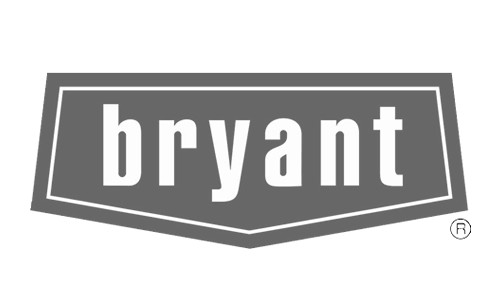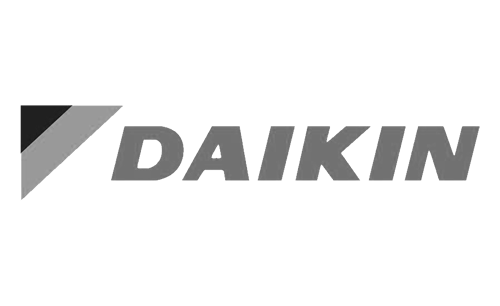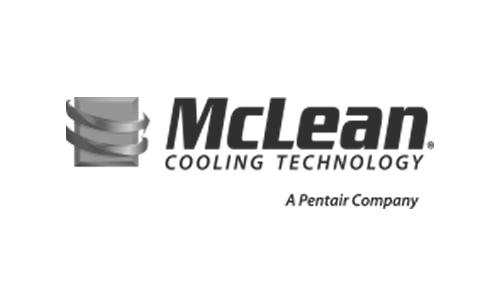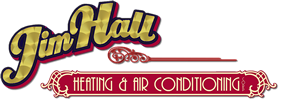Air Conditioning
Call Us (718) 948-2456
An air conditioning system consists of 2 parts: an outdoor unit (where liquid refrigerant is contained) and an indoor coil (where the refrigerant is pumped into). As the air moves across the air conditioning coil (usually located on top of the furnace), the refrigerant removes the heat from the air as well as the moisture by condensing it on the cold surface of the coil. In this way, an air conditioner not only cools but also dehumidifies the air. Virtually any system can have air conditioning hooked up to it provided that it is a forced air system. In cases where there is not forced air heating or a duct system, we can use "ductless" air conditioning systems to cool an entire home or small business.
Air Conditioning and refrigeration are provided through the removal of heat. The definition of cold is the absence of heat and all air conditioning systems work off of this basic principle. Heat can be removed through the process of radiation, convection, and conduction using mediums such as water, air, ice, and special refrigerants sometimes referred to as Freon. In order to remove heat from something, you simply need to provide a medium that is colder -- this is how all air conditioning and refrigeration systems work.
An air conditioning system, or a standalone air conditioner, provides cooling, ventilation, and humidity control for all or part of a house or building. The freon or refrigerant provides cooling through a process called the refrigeration cycle. The refrigeration cycle consists of four essential elements to create a cooling effect. A compressor provides compression for the system, a condenser ejects or removes heat from the system, the evaporator absorbs or adds heat to the system, and the metering device acts as a restriction in the system at the evaporator to ensure that the heat being absorbed by the system is absorbed at the proper rate.
Central, 'all-air' air conditioning systems are often installed in modern residences, offices, and public buildings, but are difficult to retrofit (install in a building that was not designed to receive it) because of the bulky air ducts required. A duct system must be carefully maintained to prevent the growth of pathogenic bacteria in the ducts. An alternative to large ducts to carry the needed air to heat or cool an area is the use of remote fan coils or split systems. These systems, although most often seen in residential applications, are gaining popularity in small commercial buildings. The remote coil is connected to a remote condenser unit using piping instead of ducts.
De-humidification in an air conditioning system is provided by the evaporator. Since the evaporator operates at a temperature below dew point, moisture is collected at the evaporator. This moisture is collected at the bottom of the evaporator in a condensate pan and removed by piping it to a central drain or onto the ground outside. A dehumidifier is an air-conditioner-like device that controls the humidity of a room or building. They are often employed in basements which have a higher relative humidity because of their lower temperature (and propensity for damp floors and walls). In food retailing establishments, large open chiller cabinets are highly effective at dehumidifying the internal air. Conversely, a humidifier increases the humidity of a building.
How Can We Help You?

Air Conditioning Services

24/7 Emergency Service
We're here to help. Jim Hall HVAC has technicians on call to help when you have an unexpected crisis.
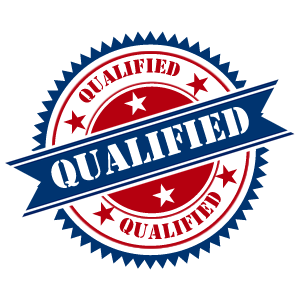
Qualified Technicians
Jim Hall HVAC Technicians are expertly trained in all aspects of heating, cooling, duct-work and air quality systems.

Quick Resolution
Using the latest technology to access your HVAC system helping us solve problems efficiently, saving time & money.
Call Us (718) 948-2456

